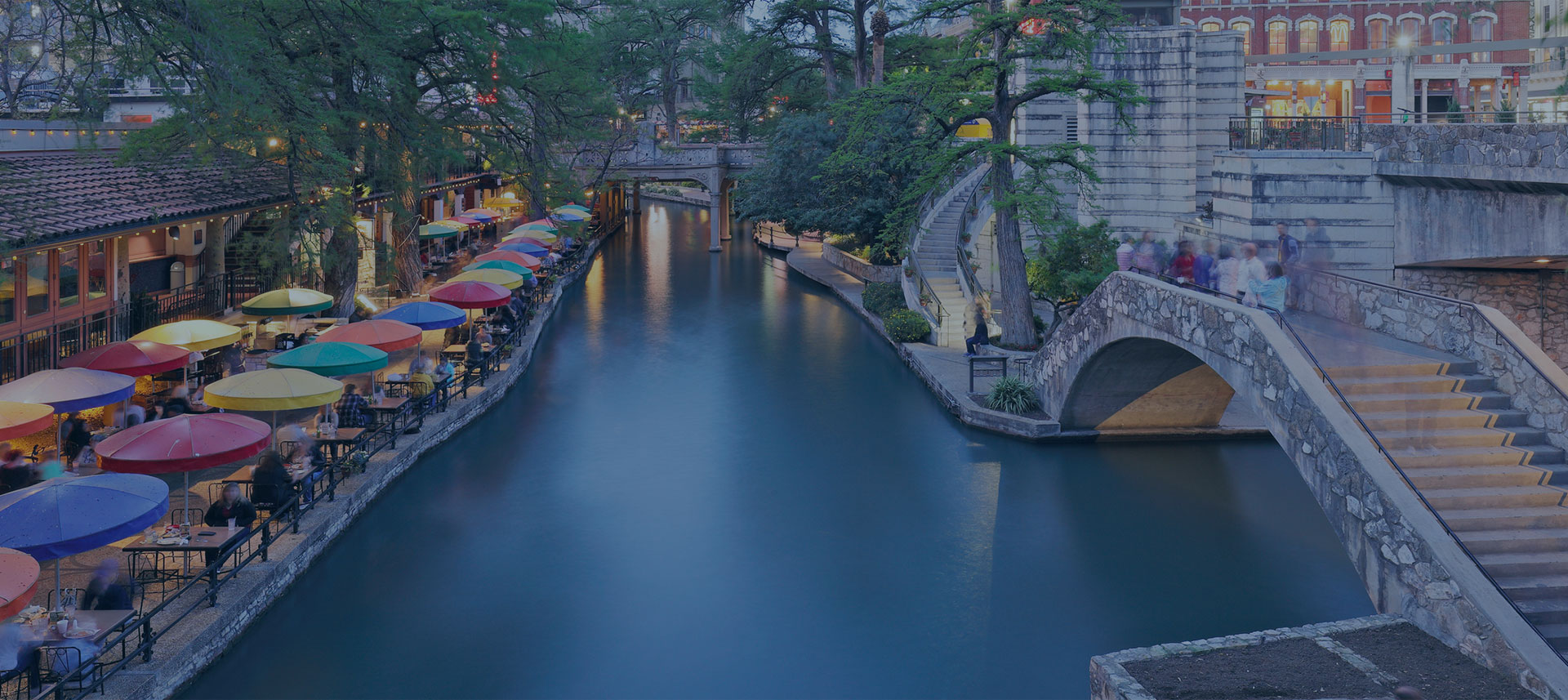
What Auto Insurance Do I Need to Buy?

Car insurance can help pay for medical bills, vehicle repairs, and other expenses you might incur if you’re in an accident or can’t drive your car due to a covered incident. You can choose to include different types of coverage in your policy. The kind of auto insurance you need to buy depends on how much protection you want.
Why Do I Need Auto Insurance?
At a minimum, most states require drivers to maintain liability coverage to help pay for medical expenses and property damage if they cause an accident. Some states require other types of coverage as well. And if you have an auto loan or lease, your lender will typically require specific types of insurance coverage.
Advertisement
A single auto accident can lead to thousands of dollars in medical bills and property damage. Having adequate car insurance coverage can help protect you from a financial loss after an accident or other covered damage.
What Does Car Insurance Cover?
It depends on the type of coverage you carry. Nonetheless, insurance can help pay for medical expenses, vehicle repairs, property damage, lost wages, and more. If you want help paying for expenses you might incur after an accident, such as towing or the cost to rent a car, you need coverage for those specific expenses.
What If I Don’t Carry Car Insurance?
In nearly every state in the country, you need to buy auto insurance to avoid breaking the law. If you get caught without it, you could be subject to fines. Depending on where you live, the state may suspend your license and/or registration or impound your vehicle. And you’ll have to pay to get them back.
If you’re in an accident while driving without insurance, you may have to pay for accident-related expenses out of pocket. If you try to purchase a policy after being uninsured, your rates will likely be higher than someone who’s maintained continuous coverage.
RELATED STORIES: Penalties for Driving Without Car Insurance by State
What’s the Minimum Auto Insurance I Need?
It depends where you live. Nearly every state requires liability insurance, but minimum coverage amounts vary by state. Some states also require drivers to carry uninsured/underinsured motorist coverage and personal injury protection (PIP) or medical payments (MedPay) coverage. The minimum limits for these coverages vary by the state where you reside.
If you have an auto loan or lease, your lender will probably require you to have collision and comprehensive coverage as a condition of your financing.
What Are the Different Kinds of Car Insurance Coverage?
You can choose from many different types of car insurance coverages, and each one helps protect you from something different. When you buy auto insurance, you need to select the ones you want to include. Here are some of the most common types you can have. Some are required, and others are optional.
1. Liability
Liability coverage comes in two types: bodily injury and property damage. Both help protect you if you cause an accident. Bodily injury liability helps pay accident-related medical expenses for the driver and passengers in the vehicle you hit. Property damage liability helps pay for repairs to the other person’s vehicle. It may also help pay for your legal fees if someone sues you as a result of an accident. However, it won’t cover your injuries or damage to your vehicle.
Every state except New Hampshire and Virginia requires drivers to carry liability coverage.
2. Collision
Collision coverage is typically required if you have an auto loan or lease. If it isn’t, it’s optional. It pays to repair damage to your vehicle that occurs from a crash – either with another car or a stationary object like a telephone pole.
If you have collision coverage and your car is totaled, the insurance company will pay up to the current market value of your vehicle, minus your deductible. The value of your car can help you determine whether maintaining this type of coverage is worth it. If your car’s not worth much, it might make more sense to drop it.
3. Comprehensive
Comprehensive covers certain types of damage not caused by an accident, including severe weather, falling objects, vandalism, theft, rodent damage, and more. If a covered event damages your car, the insurance company will reimburse you up to the actual cash value of your car, minus your deductible.
Lenders and leasing companies typically require comprehensive coverage if you have an auto loan or lease. But no state currently requires drivers to maintain this type of coverage.
4. Uninsured and Underinsured Motorist
Just because a state says drivers need to have auto insurance doesn’t mean they will. Uninsured/underinsured motorist coverage helps protect you if a driver who doesn’t have insurance or doesn’t have enough coverage hits you.
5. Personal Injury Protection (PIP)
Liability coverage helps pay for other people’s injuries. But, personal injury protection (PIP) can help pay for your and your passengers’ injuries after an accident. PIP is available in no-fault states, which means insurers pay for their policyholders’ injuries no matter who is at fault for the accident.
6. Medical Payments (MedPay)
Medical payments coverage can also help pay for medical expenses related to injuries you and your passengers sustain in an accident. However, it’s only available in states that don’t have “no-fault” insurance laws.
7. Rental Car Reimbursement
If your car isn’t drivable after an accident, you still need a way to get around. But paying for a rental car can be expensive. If you have rental car reimbursement coverage, the insurance company will pay for you to rent a car up to a certain dollar amount per day.
8. GAP Insurance
As soon as you drive off the lot, your car is worth less than when you bought it. And it continues to depreciate over time. If your car is totaled in a covered incident, GAP insurance, or guaranteed asset protection, helps cover the difference between your loan balance and the actual cash value of your car.
9. Other Add-Ons
You can include many other add-ons in your auto insurance policy, such as glass coverage, roadside assistance, custom equipment coverage, new car replacement, and more. Add-ons help provide additional protection in specific situations.
What is Full Coverage Car Insurance?
You may have heard the term “full coverage” insurance. But technically, there’s no such thing because no coverage or combination of coverages can protect you 100% of the time.
When people use the term “full coverage,” they usually mean a combination of liability coverage and property damage coverage (i.e., comprehensive and collision).
What is SR-22?
People sometimes mistakenly think an SR-22 or FR-44 (in Virginia and Florida) form is insurance, but it’s not. It’s proof that you have at least the minimum amount of insurance the law requires in your state.
It’s often required by the state or court system after you have a serious driving infraction, such as a DUI or DWI.
RELATED STORIES: 5 Common Types of Car Insurance Coverage
How to Buy Car Insurance
Buying car insurance is easy. You can get a quote and purchase coverage in a few simple steps.
Contact the insurance company or your agent.
2. Complete an application. You need to provide some basic information, including:
Name
Date of birth
Social security number
Driver’s license number
Names of the insured drivers you want the policy to include
Make, model, and VIN of the car
Policy limits and deductible amount
3. Get quotes from multiple carriers.
4. Review your policy options and select the coverage that’s right for you.
Buying Auto Insurance Online
It’s a good idea to get quotes from multiple carriers because costs can vary between insurers.
You can do this online through individual insurance companies. Or you can use an insurance comparison website and get quotes from multiple providers at one time. Once you decide on a policy that fits your needs, many companies allow you to complete your purchase online.
Lower Your Rate With Discounts
Insurance can get expensive, especially if you’re purchasing more than your state’s minimum requirements. Luckily there are ways to lower your cost.
Most insurance companies offer discounts to help reduce your premium. Common ones include multi-car, multi-policy, safe driver, and low-mileage discounts. But discounts vary between insurers – so be sure to shop around and ask about which ones are available.
How Much Auto Insurance Should I Buy?
A general guideline is to have enough coverage to protect your assets if you’re liable for an accident that causes serious injury or death. And if you think the state’s minimum requirements will provide that type of coverage, think again. They tend to be low. If you only carry the minimum amount of insurance required, you could be on the hook for expenses that exceed the policy limit.
For example, in Maryland, the minimum per-person bodily injury liability limit is $30,000, the minimum per-accident bodily injury limit is $60,000, and the minimum property damage liability limit is $15,000. The insurance company will probably write your limits like this: 30/60/15.
But those limits aren’t high enough to cover a serious accident. The average cost of a three-day hospital stay is $30,000, according to healthcare.gov. And that doesn’t include follow-ups, physical therapy, or any other medical care you might need after leaving the hospital.
Increasing your limits above the minimum will provide more protection. Insurers often recommend setting limits at 100/300/100. If you can afford the premium on a policy with higher limits, such as 250/500/100, that’s even better.
